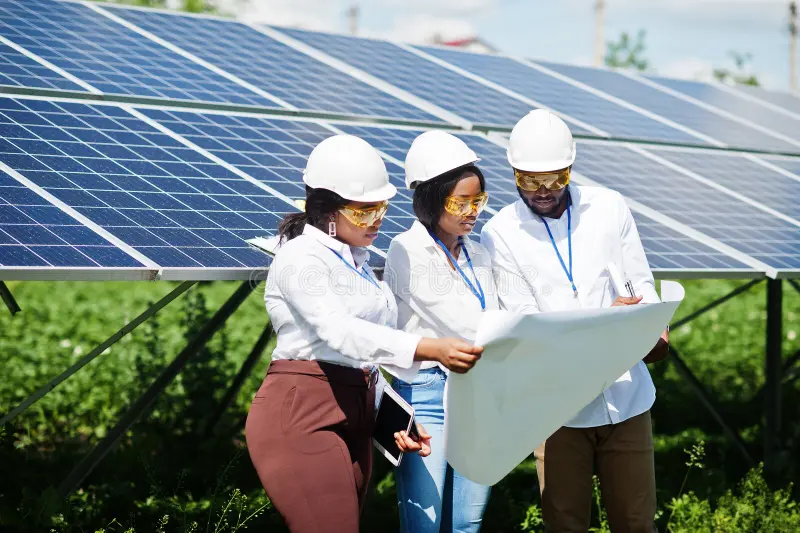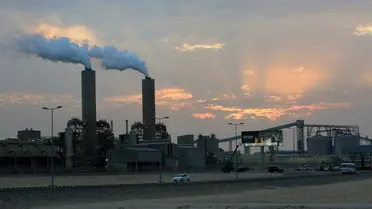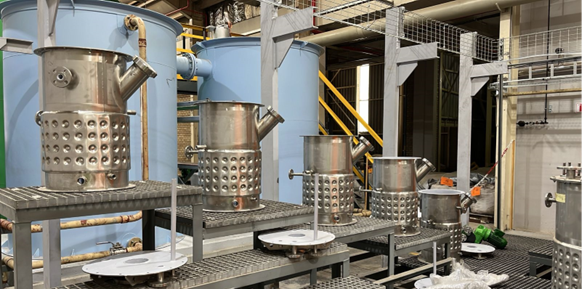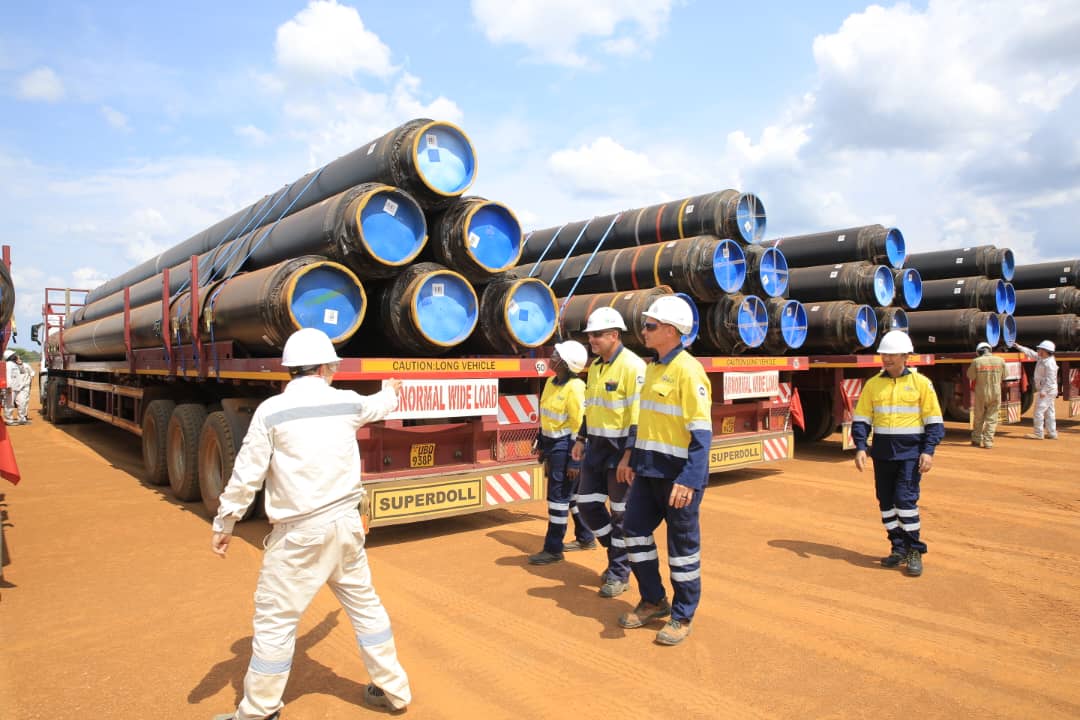Distribution

Deploying balancing power generation technologies could save €65 trillion by 2050

The modelling shows that a power system including balancing power has significant advantages when it comes to both cost and CO₂ reductions. The model reveals that this pathway would generate cumulative savings of EUR 65 trillion by 2050 compared to a renewables-only pathway, due to less renewable capacity needed. This would average EUR 2,5 trillion per year – an equivalent to over 2% of 2024’s global GDP.
The report outlines that the effectiveness of renewables can be maximised if supported by balancing power plants, which are key in scaling up renewable energy.
In Africa, Morocco is a case in point: “Morocco has the ambition of achieving 52% renewable electricity by 2030, however integrating renewables at this scale poses challenges. Our modelling in Morocco recommends a balanced system with renewables, battery energy storage, and flexible power plants, including 60% of grid-balancing engines. This combination can optimise renewable integration, reduce fuel costs, and ensure reliability to achieve that ambition via a cost-effective, low emission pathway. South Africa has come to the same conclusion: Eskom’s recent 3 GW GASIPPPP tender for ultra-flexible gas validates the need for this flexible generation identified in our modelling. plans to grow renewable capacity to 17.7 GW by 2030.”, explains Kenneth Engblom Vice President, Africa and Europe.
Key findings
1. Reduced costs: The study shows that compared to a renewables and energy storage-only pathway, the deployment of balancing power plants will reduce the cost of future power systems by as much as 42%, equalling EUR 65 trillion
2. 2. Reduced emissions: Adding balancing power can reduce the total cumulative power sector CO₂ emissions between now and 2050 by 21% (19 Gt), compared to the renewables and storage-only path
3. 3. Less wasted energy: The modelling shows that the use of balancing power allows for enhanced power system optimisation, resulting in 88% less wasted energy due to renewable curtailment by 2050, compared with a renewable and energy storage-only pathway. In total, 458 000 TWh of curtailments would be avoided, enough to power the whole world with the current electricity consumption for more than 15 years
4. 4. Less renewable capacity and land needed: By adding balancing power plants, we can halve renewable capacity and land needed to meet our decarbonisation targets.
Calls to action for the power sector
Decisive actions from the entire power sector are crucial to achieve a low-cost and low-emission energy transition in line with the 2050 Paris Agreement. Instead of only focusing on the acceleration of renewable build up, a holistic system level thinking must be in place when investing in and planning power systems.
Ø Enable accelerated expansion of renewables and balancing technologies to ensure affordable electricity
Ø Enable fast expansion of renewables by upgrading transmission systems, streamlining permitting processes, and investments in regional interconnectors.
Ø Rapidly expand short and long duration balancing technologies to ensure grid reliability and resilience. Together, these technologies support the rapid growth of renewable energy, reduce reliance on inflexible assets, such as coal plants, and accelerate emission reductions.
Ø Mobilise financing to secure the development of renewable and balancing power projects at the necessary scale and speed.
Ø Redesign electricity markets to incentivise flexibility
Ø Reform electricity market structures to support greater integration of variable renewable energy. Balancing should be incentivised to provide essential flexibility to optimise renewable energy systems.
Ø Choose the right future proof technologies and prepare for sustainable fuels
Ø Select balancing technologies that are future proof and ready for the introduction of sustainable fuels to fully decarbonise the power sector from the mid-2030s onwards.
Ø Support rapid ramp up of renewables and enable the phase out of legacy technologies, by using natural gas as a transition fuel for flexible balancing power plants. Bridging the transition with gas balancing can cut more than 75% of annual power sector CO2 emissions by 2035 (in comparison to 2023 level).
Prepare for the introduction of sustainable fuels by building the needed expertise and infrastructure to ensure a seamless transition to a fully decarbonised power sector in the future. Competitiveness or cost-parity of sustainable fuels will require policy action, which could be in the form of subsidies, regulation, carbon taxes or a mix of these.












